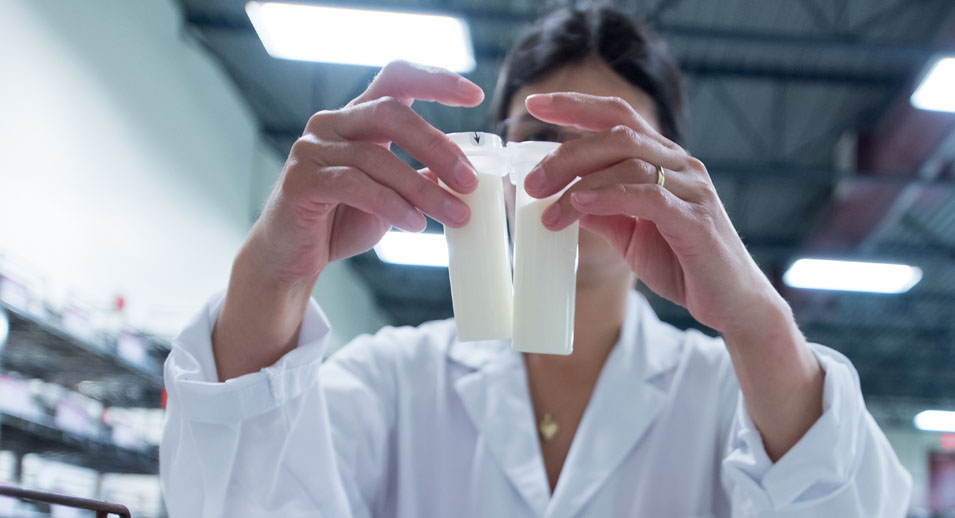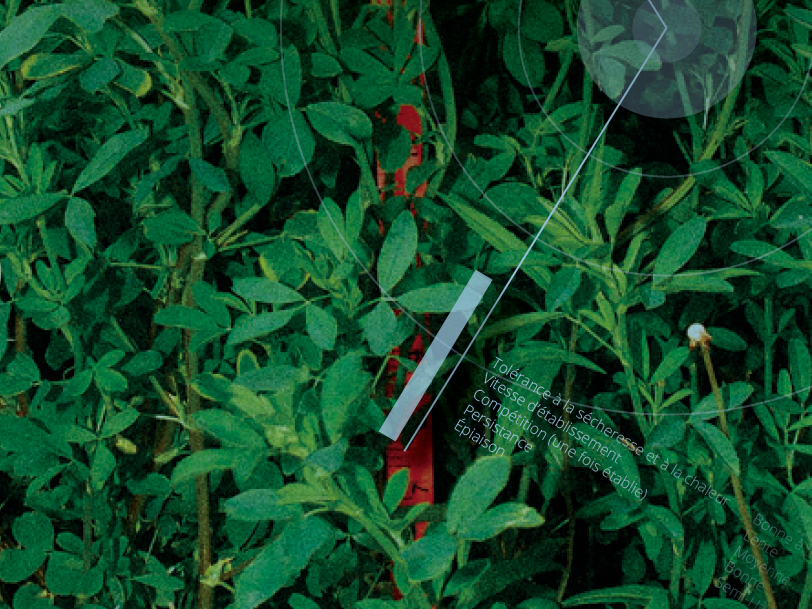All there is to know about late-summer forage seeding
- August 5, 2019
There are two periods favourable for seeding forage crops. The first is in the spring, when the soil is moist and the risk of drought is low.

These spring conditions ensure a good foundation for forage plants such as alfalfa, which can be used as feed during the winter. The second opportunity is in late summer (August), when the risk of drought is lower than in July. Summer seeding also means the stand suffers less competition from weeds. On the other hand, there are a number of key elements that must be kept in mind:
Soil moisture
Never seed forages in dry soil. It is important that the stand be seeded either just before or just after a good rain. Avoid seeding when there is no rain in the long-term forecast, as inadequate moisture can lead to germination problems.
Seeding date
The seeding date is a critical factor for success because forages that are seeded too early may be exposed to drought. On the other hand, seeding too late doesn’t allow enough time for the stand to be well established before the onset of winter, which in turn increases the risk of winterkill. Alfalfa stands should therefore be seeded six weeks before the first fall frost, while grasses can be seeded two to three weeks later than alfalfa. Given that birdsfoot trefoil and reed canary grass take longer to establish, summer seeding is not recommended for these species. Consult the AgWeather Quebec portal to find out the average date of the first fall frost in your area.
Fertility and pH
As with spring seeding, it is important to seed forage plants in soils that have been amended as required to ensure adequate pH and NPK levels.
Weed control
Weeds should be destroyed with an herbicide treatment prior to seeding. A post-emergence herbicide treatment to control volunteer winter cereals is also recommended to avoid competition.
Using cover crops in late summer
Cover crops are not recommended with late-summer seeding because they compete with forage plants and compromise the survival of alfalfa stands.
Seedbed preparation
Avoid over-tilling the soil to control weeds as this will reduce the moisture level. It is also important to ensure good seed-to-soil contact by planting in a fine soil and adequately packing the soil after seeding.
Fall harvest
Avoid cutting stands seeded in late summer as it will jeopardize their winter survival. If you do need to harvest forages, it is best to harvest after the first killing frost.
In conclusion
Seeding forage plants in late summer involves some challenges, but by adopting the right practices, it is possible to establish a long-lasting stand that will yield well.










